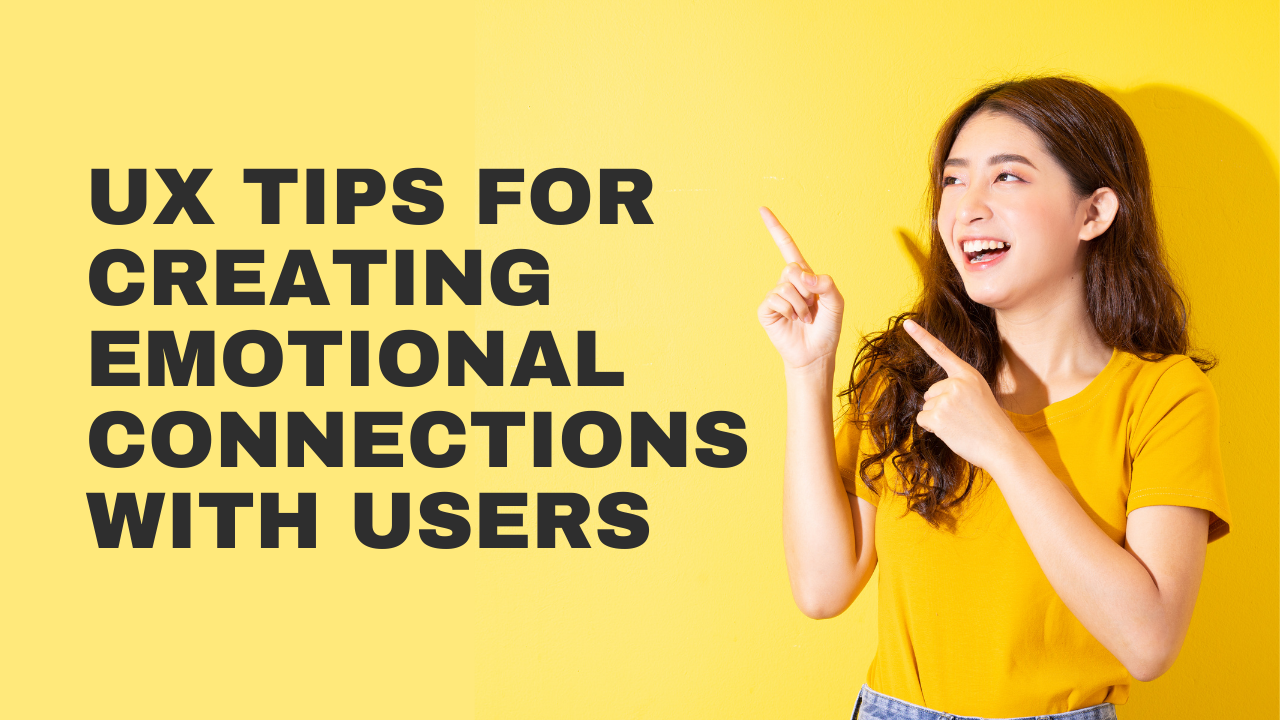Empathy is a skill that can be developed through practice. By putting yourself in other people’s shoes, you can understand their emotions and develop more effective designs.
Visuals, colors, shapes, and images all have the power to evoke an emotional response. By incorporating these elements into your design, you can create an immersive experience that resonates with users.
Storytelling
Often, UX designers are tasked with creating experiences that not only meet functional requirements but also leave users feeling satisfied and engaged. Storytelling is a powerful way to do this.
Whether telling a tale about the day in the life of a person using your product or providing humorous messages, storytelling is a great way to foster emotional engagement with your audience. However, it’s important to remember that storytelling must be incorporated with a strong foundation in functionality, reliability and usability.
Using stories as a way to illustrate user journeys, create empathy and provide a framework for understanding user needs is an essential tool for any UX designer. It enables teams to collaborate more effectively, ensure designs are user-centric and helps communicate their solutions to clients and stakeholders. Storytelling is also an effective way to engage audiences through micro-interactions and add a sense of fun and surprise that will leave them wanting more. Ultimately, it’s a great way to build a memorable brand experience.
Personalized Interactions
Personalized experiences are one of the most critical factors in fostering emotional engagement. They create a sense of familiarity and belonging that makes users feel special and recognized, leading to potent brand loyalty and customer satisfaction.
Personalization involves tailoring product experiences and UI elements according to users’ preferences, needs, behavior, and context. It can be a simple as addressing emails with their name or as complicated as delivering content and learning experiences that align with their skills and interests.
For example, a barista remembering a client’s order or an app reminding you to pick up milk on your way home are examples of personalized experiences that make you feel like the company understands and cares about you. Similarly, UX personalization helps businesses understand their clients and communicate a sense of empathy that builds trust and establishes them as an authority in the market. The resulting connection leads to higher conversions. In fact, studies have shown that personalized content increases engagement by 23%.
Intuitive Design Elements
It’s no secret that intuitive UI/UX design leads to happier users. It reduces training time, lowers frustration and increases efficiency, and it can help companies stand out in their markets.
To design intuitively, you need to understand your users’ mental models — their knowledge, beliefs, language and scripts for the tasks they are trying to perform. One of the best ways to do this is through contextual inquiry where you observe your users in their environments working on tasks related to your product.
You can also identify common patterns and habits through in-app user feedback. Using this information, you can design products that meet and exceed your customers’ expectations of how they should work. This significantly shortens the learning curve and creates a seamless experience for communication software. Intuitive design also includes following standard conventions, displaying clear and recognizable icons, providing clear navigation structures, providing clear feedback mechanisms and visual hierarchy. All of these factors lead to creating digital experiences that feel like your user’s silent guide, fostering emotional engagement and reducing friction.
Emotional Engagement
As users interact with digital products, their emotions can influence their level of satisfaction, trust, and advocacy. Emotional engagement is an important component of UX design, and can be achieved through various techniques such as storytelling, evoking emotional triggers, personalization, and more.
Storytelling: Using narratives to create an emotional connection with users is one of the most effective ways to engage them with your product or service. For example, the language learning app Duolingo uses storytelling to make the learning experience more fun and relatable for its users, motivating them to continue using it.
Emotional Triggers: Identifying the emotions that your product or service evokes is essential to crafting an emotional connection with your audience. User surveys, interviews, and other methods of direct feedback can help you determine the emotional responses that your target audience responds to best.
It is also important to remember that emotion can be a sensitive topic and should be handled carefully. For example, you should not try to evoke emotions like sadness or fear in your users, as this could be off-putting and cause them to distance themselves from your product.











